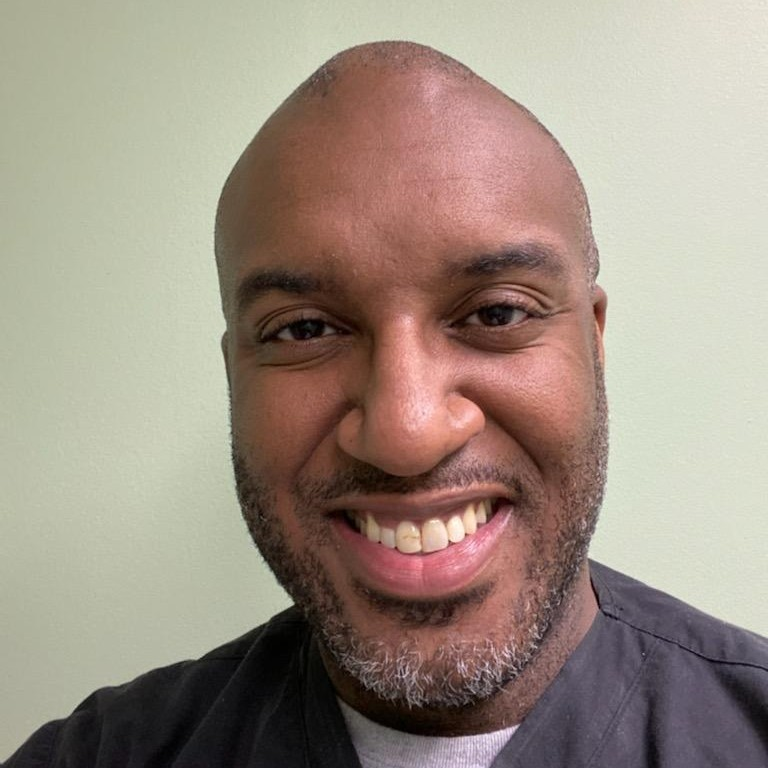
For millennia, light has symbolized vitality and healing across cultures and religions. Ancient traditions, from Ayurveda’s prana to the radiant halos in Christian iconography, often depicted light as a marker of health or a conduit for restoration. These esoteric beliefs, though profound, lacked empirical grounding until modern science began to explore the phenomenon of light within living systems.
Today, the study of biophotons, defined as ultra-weak photon emissions from living organisms, offers a bridge between ancient intuition and modern biophysics. We’ll now explore the history of biophoton research, its role in cellular communication, its potential as a diagnostic tool, and its emerging therapeutic applications, all through an objective, evidence-based lens.
A Brief History of Biophotons
The notion that the human body emits light has roots in ancient wisdom. Cultures worldwide associate light with health and spirituality. These ideas, while culturally significant, remained speculative until the 20th century, when scientific tools caught up with curiosity.
The modern study of biophotons began in the 1920s with Russian biologist Alexander Gurwitsch, who hypothesized that living cells emit faint light to regulate growth. His work, though controversial at the time, laid the groundwork for later discoveries. By the 1970s, a German physicist by the name of Fritz-Albert Popp advanced this new field by coining the term “biophotons” to describe ultra-weak photon emissions from living systems. Using sensitive photomultiplier tubes, Popp demonstrated that cells emit measurable light, sparking the field of biophotonics (Popp, 1979).
The timeline progressed rapidly in the 1980s and 1990s as researchers worldwide confirmed biophoton emissions across plants, animals, and humans. Studies showed these emissions correlate with cellular processes like metabolism and oxidative stress (Van Wijk & Van Wijk, 2005). Today, biophotonics is a multidisciplinary field, blending biology, physics, and medicine to explore how light influences life at the cellular level.
Biophotons and Cell-to-Cell Communication
Biophotons are ultra-weak electromagnetic waves, typically in the ultraviolet to visible spectrum, emitted by living cells during metabolic processes. Unlike bioluminescence, which you may see in fireflies during late summer evenings, biophoton emissions are much weaker, requiring specialized detectors to capture. Current science suggests these emissions are not random but rather play a role in cellular communication, acting as a signaling mechanism within and between cells.
The better understand the role of biophotons, imagine the body as a bustling construction site with trillions of workers, coordinating complex tasks like growth, repair, and immune response. At that scale, efficient communication is critical to avoid chaos. Research indicates biophotons may facilitate this critical process by transmitting information through coherent light waves.
For example, studies have linked biophoton emissions to oxidative stress responses, where cells under stress emit higher photon counts, potentially signaling neighboring cells to adapt (Van Wijk et al., 2008). Other research suggests biophotons influence DNA repair and gene expression, hinting at a role in maintaining cellular harmony (Cohen & Popp, 1997).
While the exact mechanisms remain under investigation, the evidence is compelling. Biophoton emissions correlate with cellular health, and disruptions in these patterns may indicate disease. This opens the door to practical applications not just in diagnostics, but also in medicine.
Biophotons as a Diagnostic Tool
The ability to detect and analyze biophoton emissions holds promise for non-invasive diagnostics. By measuring the intensity, frequency, or coherence of biophoton signals, researchers can gain insights into cellular health without invasive procedures. For instance, studies have shown that cancer cells emit distinct biophoton patterns compared to healthy cells, potentially offering a new way to detect malignancies early (Takeda et al., 2004). Similarly, biophoton analysis has been explored in assessing oxidative stress in conditions like diabetes and neurodegenerative disorders (Van Wijk et al., 2008).
Technological advances, such as ultra-sensitive photon counters and imaging systems, have made biophoton detection more feasible. However, challenges remain. Biophoton signals are extremely weak, requiring sophisticated equipment and controlled environments to avoid interference from external light sources. Despite these hurdles, biophoton-based diagnostics could complement existing tools like MRI or blood tests, offering a non-invasive window into cellular function.
Therapeutic Potential of Biophotons
The idea of harnessing biophotons for therapy is not new, but much like the early question of the body producing light, it begs an empirical answer to the central question. If cells use light to communicate, could external light sources enhance or optimize these signals to promote healing?
The body of evidence is small but growing. Research suggests several evidence-based possibilities. For example, low-level light therapy (LLLT), which uses specific wavelengths to stimulate cellular processes, shares conceptual similarities with biophoton research. Studies show LLLT can reduce inflammation, accelerate wound healing, and improve tissue repair by influencing mitochondrial activity and cellular signaling (Hamblin, 2016). Though not directly manipulating biophotons, these findings suggest that light-based interventions could enhance the body’s natural communication systems.
Another avenue involves modulating biophoton emissions to improve cellular resilience. Research indicates that coherent light emissions may enhance DNA repair or reduce oxidative damage, potentially enhancing the body’s ability to resist disease (Cohen & Popp, 1997). For instance, small improvements in cell-to-cell communication could optimize immune responses or tissue regeneration, offering therapeutic benefits for chronic conditions.
To date, the advancement of therapeutic applications faces significant challenges, yet the potential to enhance the body’s natural repair processes through non-invasive means makes biophoton therapy an exciting area for future research.
Bright Future for Biophotonic Medicine
Biophotons represent a fascinating intersection of ancient wisdom and modern science. From cultural metaphors such as “the light of life” to quantitative measurements of cellular emissions, the journey of biophoton research reflects humanity’s quest to better understand and leverage the body’s inner workings. Today, evidence supports biophotons’ role in cellular communication, with promising applications in diagnostics and therapy. Yet, the field is young, and rigorous research is needed to translate these insights into clinical practice.
As technology advances, biophotonics could illuminate new paths in healthcare, offering non-invasive tools to monitor and enhance cellular health. For now, the focus remains on building a robust scientific foundation to ensure biophotons fulfill their potential as a beacon of innovation in medicine.
About Seth Robinson
Dr. Seth Robinson is a Chiropractic Physician and dedicated researcher advancing the field of biophotonic medicine. As Medical Director at Tesla BioHealing, he focuses primarily on exploring and developing innovative applications of biophoton science to enhance healthcare.














